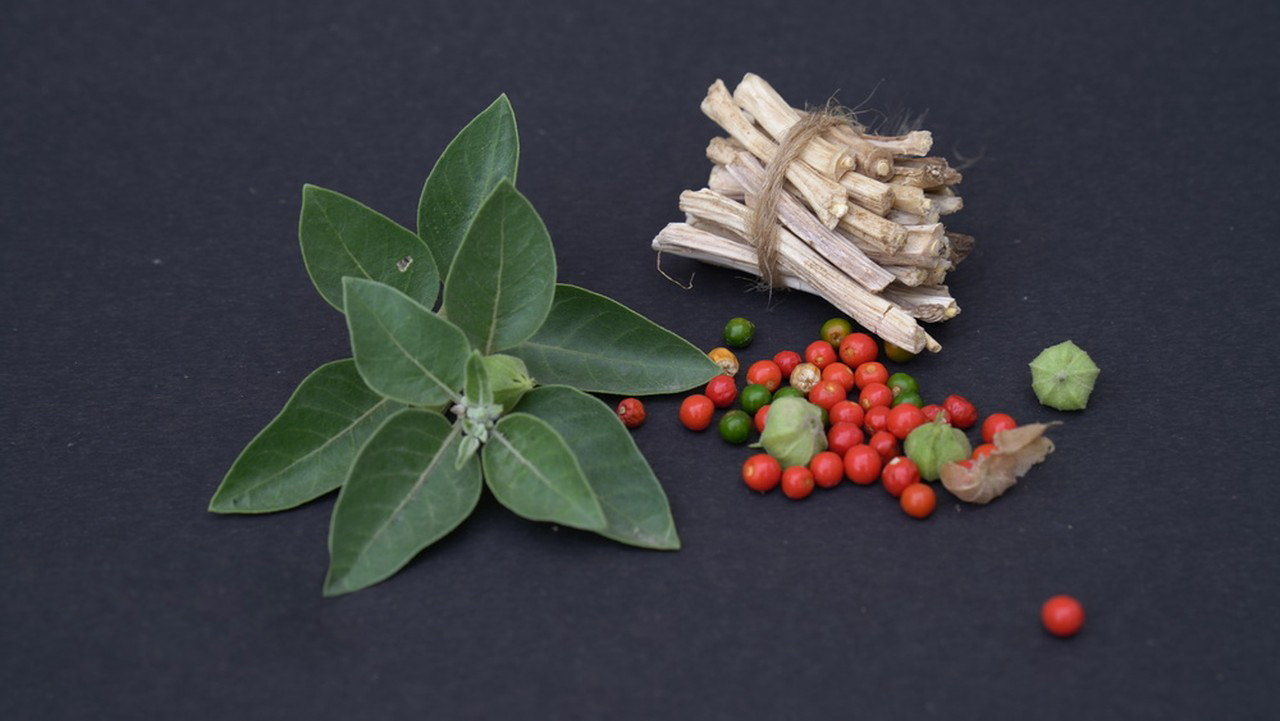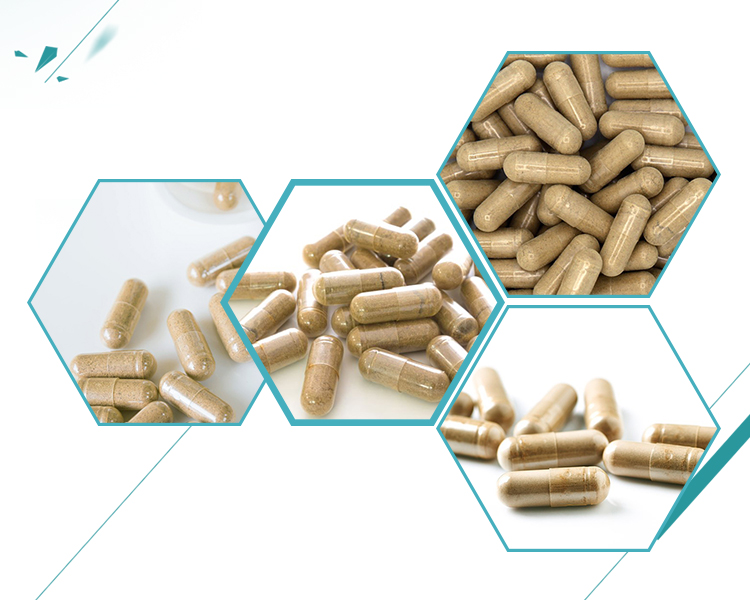Ashwagandha (Withania somnifera) is a popular herb in Ayurveda, known for its adaptogenic properties. Ashwagandha capsules are a convenient way to consume this herb for its potential health benefits. Here’s a general outline of the materials and methods involved in producing Ashwagandha capsules:
Materials of Ashwagandha Capsules:
1.Ashwagandha root powder: The primary ingredient, obtained from the roots of the Ashwagandha plant. It’s important to ensure the quality and purity of the Ashwagandha powder used.
2.Vegetarian capsules: These are typically made from plant cellulose and are suitable for encapsulating the Ashwagandha powder.
3.Manufacturing equipment: Including capsule filling machines, mixers, and quality control instruments.

Methods of Ashwagandha Capsules:
1.Sourcing and Quality Control: The Ashwagandha root powder should be sourced from reliable suppliers who provide high-quality, organic, and sustainably harvested Ashwagandha. Quality control measures should be in place to ensure the purity and potency of the raw material.
2.Preparation of Ashwagandha Powder: The Ashwagandha roots are harvested, cleaned, and dried. Then they are ground into a fine powder using grinding machines. This powder should be uniform in texture and free from contaminants.
3.Capsule Filling: Vegetarian capsules are filled with the measured amount of Ashwagandha powder using capsule filling machines. The dosage per capsule can vary depending on the intended use and potency of the product.
4.Sealing: After filling, the capsules are sealed to ensure they remain intact and free from moisture or air exposure, which can degrade the potency of the Ashwagandha.
5.Packaging: The filled and sealed capsules are then packaged in containers, such as bottles or blister packs. Proper labeling with dosage instructions, expiry date, and other relevant information is essential.
6.Quality Assurance: Throughout the manufacturing process, quality control measures should be implemented to monitor the purity, potency, and safety of the Ashwagandha capsules. This may involve regular testing for contaminants, heavy metals, and microbial content.

7.Regulatory Compliance: Manufacturers must adhere to regulatory standards and guidelines set by relevant authorities to ensure the safety and efficacy of the Ashwagandha capsules. This may include compliance with Good Manufacturing Practices (GMP) and obtaining necessary certifications.
8.Distribution: Once quality control checks are completed and regulatory requirements are met, the Ashwagandha capsules are ready for distribution to retailers or consumers.
It’s important to note that specific formulations and manufacturing processes may vary between different brands and manufacturers of Ashwagandha capsules. Consumers should always choose products from reputable companies that prioritize quality and transparency in their manufacturing practices. Additionally, consulting with a healthcare professional is recommended before starting any new supplement re
